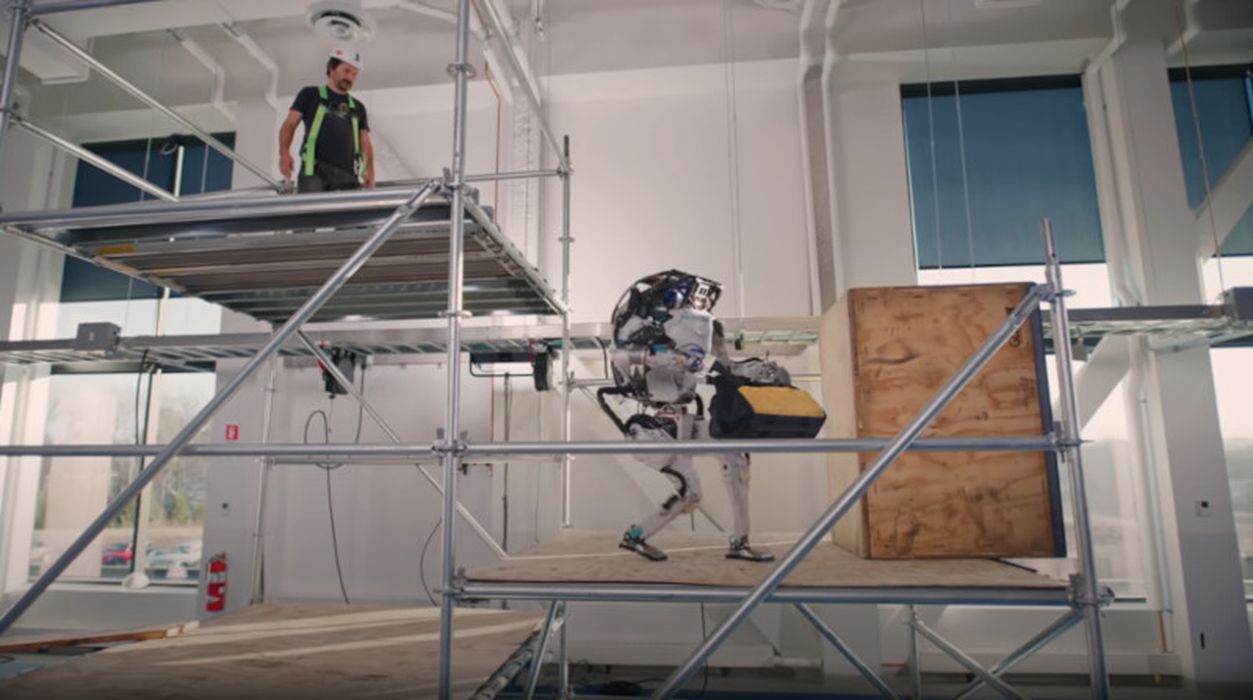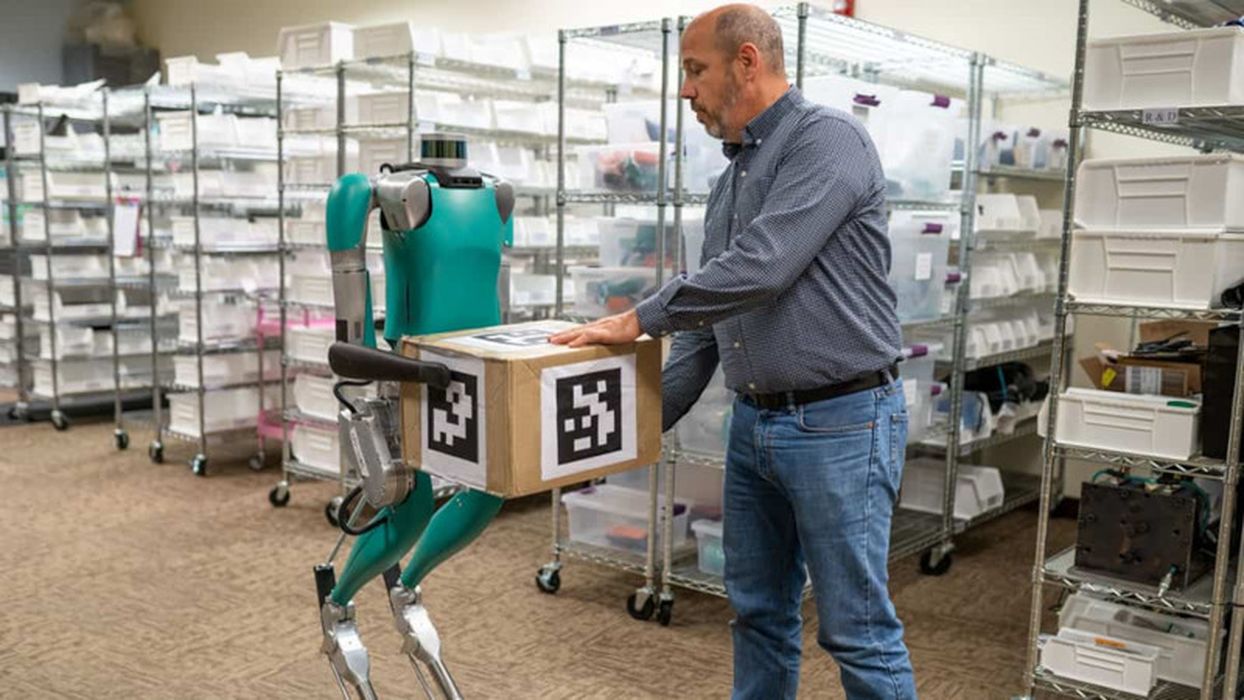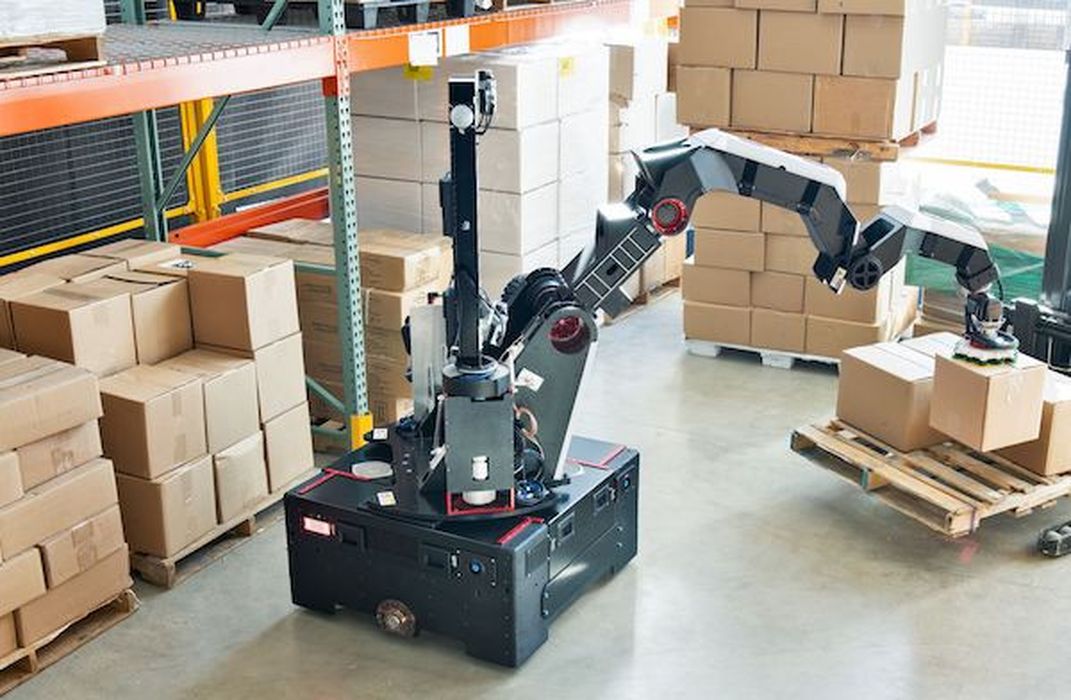
Charles R. Goulding and Preeti Sulibhavi discuss the increase and integration of humanoid robots in manufacturing and warehouses.
A recent Wall Street Journal article published on June 13th, 2023, titled “Warehouse Robots to Have a Human Touch,” described how warehouses are increasingly using humanoid robots. Currently, some warehouses use cobot conveyor arms, picking robots and other devices to do tedious, repetitive jobs that many humans do not want to do.
But this article shed light on a newer trend where distribution centers are utilizing robots that are more closely modeled on human actions such as walking, reaching items on high shelves to pick inventory, and “crouching” to place items on lower-level shelves. Humanoid bots not only assist humans in carrying out warehouse tasks but can replace humans who conduct these job tasks. This leads to higher-level work for employees in the transportation, logistics and distribution center (TLD) industry, as opposed to labor-intensive daily tasks.
Companies such as Boston Dynamics, Agility Robotics and Figure AI are all focused on designing, developing and integrating these humanoid bots for warehouses across the country.

Robots and 3D printing
A team of UCLA engineers has developed a pioneering way to manufacture robots in a single step. The new process enabled a robot to be manufactured in one step by a new 3D printing process for engineered active materials with multiple functions (known as a metamaterial). The “meta-bot” will be capable of different tasks — decision-making, movement, sensing, and propulsion. It can “walk, maneuver and jump,” according to an embargoed release shared with Interesting Engineering (IE). They developed a self-balancing robot that can bend, flex, twist, expand or contract at high speeds. The only external component required is a small battery to power the robot’s movements.

Boston Dynamics has also utilized 3D printing. Their ATLAS humanoid bot is comprised of 3D printed legs with hydraulics printed directly into the structures.
The Italian Institute of Technology and Moog have devised a robotics lab focused on actuation and control technologies for humanoid bots that will use 3D printing to create integrated hydraulic actuators for its HyQ2Max robot. 3D printing technologies for titanium and aluminum are being used in the newly developed actuation systems and robots. The past research collaboration between Moog and IIT has so far resulted in a family of highly integrated, smart servo-actuators for legged robots.
We see this as a tremendous opportunity for 3D printing to advance the e-commerce and logistics industry by reducing the fabrication time of humanoid bots while maintaining quality.
The Research & Development Tax Credit
The now permanent Research and Development (R&D) Tax Credit is available for companies developing new or improved products, processes and/or software.
3D printing can help boost a company’s R&D Tax Credits. Wages for technical employees creating, testing and revising 3D printed prototypes can be included as a percentage of eligible time spent for the R&D Tax Credit. Similarly, when used as a method of improving a process, time spent integrating 3D printing hardware and software counts as an eligible activity. Lastly, when used for modeling and preproduction, the costs of filaments consumed during the development process may also be recovered.
Whether it is used for creating and testing prototypes or for final production, 3D printing is a great indicator that R&D Credit eligible activities are taking place. Companies implementing this technology at any point should consider taking advantage of R&D Tax Credits.
Conclusion
The exponential growth of e-commerce and logistics for warehouse industries has taken the world by storm. Humanoid robots that can perform repetitive, time-consuming, tedious and labor-intensive tasks are the new frontier in the industry, and that in turn gives the 3D printing industry more opportunities.
